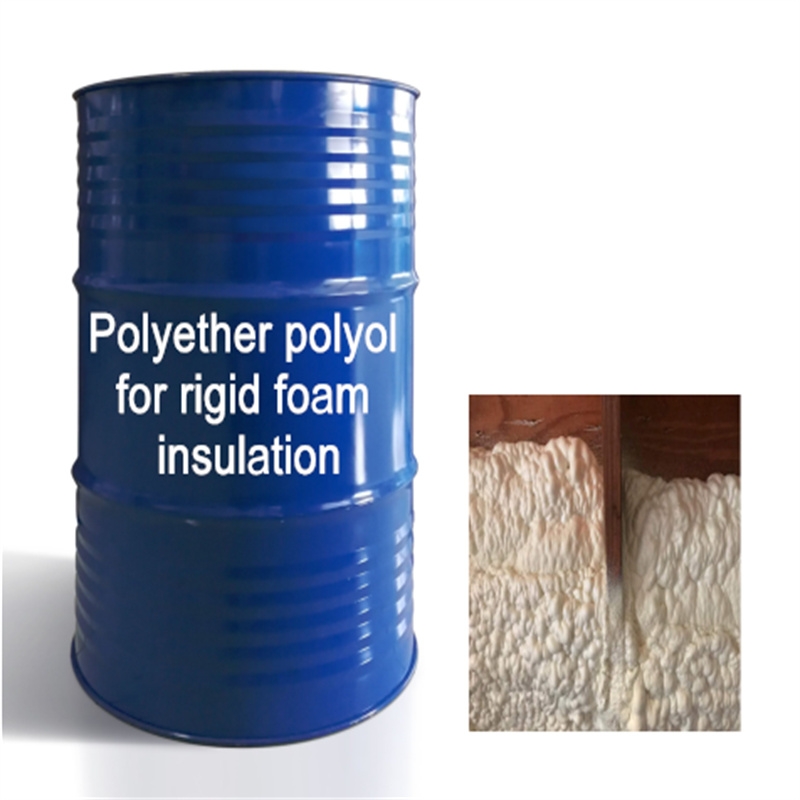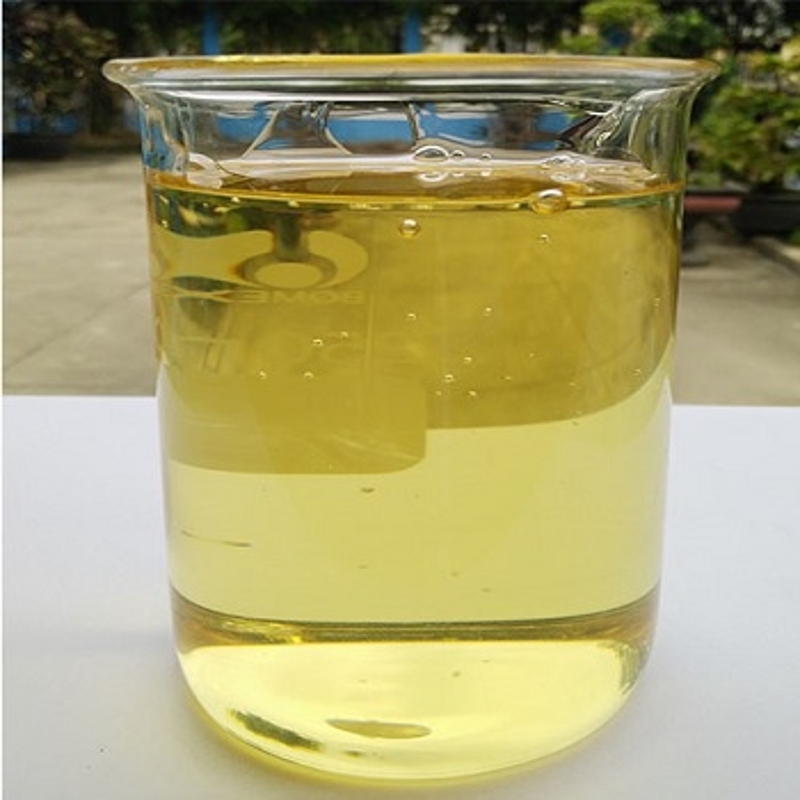-
Categories
-
Pharmaceutical Intermediates
-
Active Pharmaceutical Ingredients
-
Food Additives
- Industrial Coatings
- Agrochemicals
- Dyes and Pigments
- Surfactant
- Flavors and Fragrances
- Chemical Reagents
- Catalyst and Auxiliary
- Natural Products
- Inorganic Chemistry
-
Organic Chemistry
-
Biochemical Engineering
- Analytical Chemistry
- Cosmetic Ingredient
-
Pharmaceutical Intermediates
Promotion
ECHEMI Mall
Wholesale
Weekly Price
Exhibition
News
-
Trade Service
It is reported that the National Renewable Energy Laboratory (NREL) under the US Department of Energy and scientists from the Swiss Center for Electronics and Microtechnology (CSEM) have jointly developed double-junction III-V group/silicon solar cells, which set a new record for the efficiency of converting non-concentrated sunlight (at 1 solar intensity) into electricity, which was published in
the "Solar Cell Efficiency Table".
It is understood that the solar cells that reach a new conversion efficiency record of 29.
8% are composed of NREL stacking two cells, the upper part of which is an indium gallium phosphide (GaInP) solar cell developed by NREL; The next part is a crystalline silicon cell
developed by CSEM using silicon heterojunction (SHJ) technology.
"This is a record for mechanically stacked cells, where the performance of the bijunction device exceeds the theoretical limit
of 29.
4% for crystalline silicon solar cells.
" NREL senior researcher David Young said
.
Under standard sunlight, GaInP/SHJ tandem cells have an efficiency of up to 29.
8%.
Yang is the co-author
of the paper "GaInP/Si Bijunction Solar Cells Achieve 29.
8% Efficiency at 1 Sun" (published in IEEE Journal of Photovoltaics).
Other co-authors from NREL are Stephanie Eschich, Miles Steiner, John Gaisce, Scott Ward, Tom Moriarty, Vincenzo La Salvia and Paul Standins
.
Esch presented a paper entitled "Progress in 30% High Efficiency GaInP/Si Tandem Solar Cells" at the 5th International Conference on Crystalline Silicon Photovoltaics, which received attention
from CSEM.
Christopher Barif, Head of CSEM PV Activities, said: "Silicon heterojunction technology is the most efficient silicon technology
used in tandem solar cells today.
”
According to Mathieu Disbeth, CSEM Crystalline Silicon Activity Manager: "CSEM and NREL scientists have demonstrated that tandem cells using silicon heterojunction solar cells at the bottom and high-performance cells such as the GaInP solar cell developed by NREL can achieve 30% efficiency
.
”
The key to achieving this record is the new bijunction solar cell structure design
proposed by CSEM.
The results of the first collaboration further show that higher efficiency
can be achieved by combining NREL and CSEM solar cells.
The research work was funded by the U.
S.
Department of Energy's Office of Energy Efficiency and Renewable Energy Solar Program, which aims to make solar energy fully cost-competitive over conventional energy sources, and Swiss federal and nano-tera.
ch initiatives
.
It is reported that the National Renewable Energy Laboratory (NREL) under the US Department of Energy and scientists from the Swiss Center for Electronics and Microtechnology (CSEM) have jointly developed double-junction III-V group/silicon solar cells, which set a new record for the efficiency of converting non-concentrated sunlight (at 1 solar intensity) into electricity, which was published in
the "Solar Cell Efficiency Table".
It is understood that the solar cells that reach a new conversion efficiency record of 29.
8% are composed of NREL stacking two cells, the upper part of which is an indium gallium phosphide (GaInP) solar cell developed by NREL; The next part is a crystalline silicon cell
developed by CSEM using silicon heterojunction (SHJ) technology.
"This is a record for mechanically stacked cells, where the performance of the bijunction device exceeds the theoretical limit
of 29.
4% for crystalline silicon solar cells.
" NREL senior researcher David Young said
.
Under standard sunlight, GaInP/SHJ tandem cells have an efficiency of up to 29.
8%.
Yang is the co-author
of the paper "GaInP/Si Bijunction Solar Cells Achieve 29.
8% Efficiency at 1 Sun" (published in IEEE Journal of Photovoltaics).
Other co-authors from NREL are Stephanie Eschich, Miles Steiner, John Gaisce, Scott Ward, Tom Moriarty, Vincenzo La Salvia and Paul Standins
.
Esch presented a paper entitled "Progress in 30% High Efficiency GaInP/Si Tandem Solar Cells" at the 5th International Conference on Crystalline Silicon Photovoltaics, which received attention
from CSEM.
Christopher Barif, Head of CSEM PV Activities, said: "Silicon heterojunction technology is the most efficient silicon technology
used in tandem solar cells today.
”
According to Mathieu Disbeth, CSEM Crystalline Silicon Activity Manager: "CSEM and NREL scientists have demonstrated that tandem cells using silicon heterojunction solar cells at the bottom and high-performance cells such as the GaInP solar cell developed by NREL can achieve 30% efficiency
.
”
The key to achieving this record is the new bijunction solar cell structure design
proposed by CSEM.
The results of the first collaboration further show that higher efficiency
can be achieved by combining NREL and CSEM solar cells.
The research work was funded by the U.
S.
Department of Energy's Office of Energy Efficiency and Renewable Energy Solar Program, which aims to make solar energy fully cost-competitive over conventional energy sources, and Swiss federal and nano-tera.
ch initiatives
.







